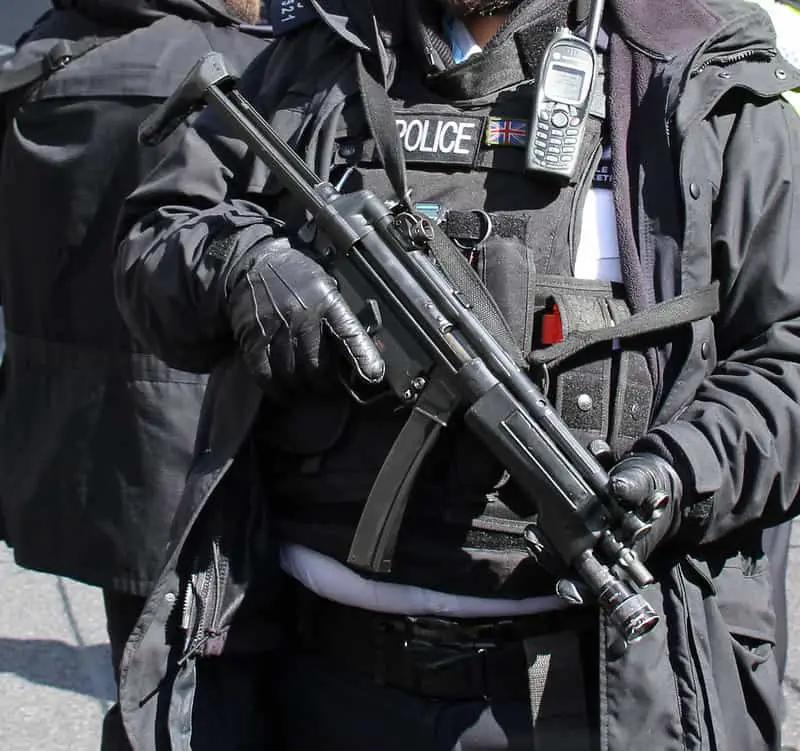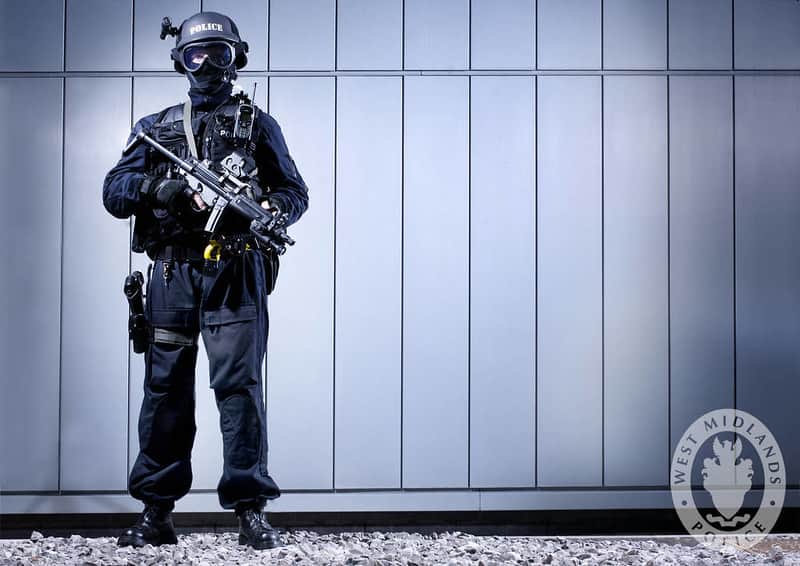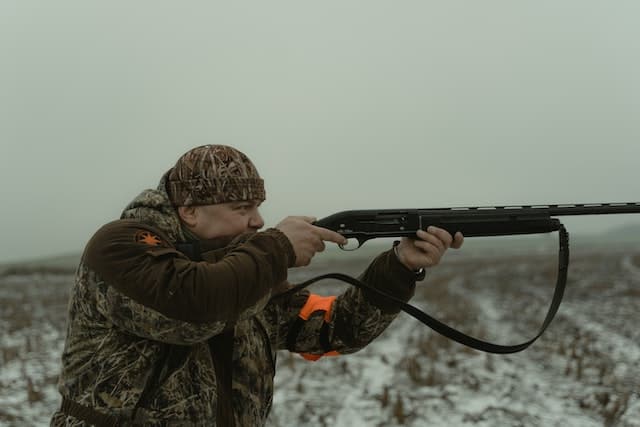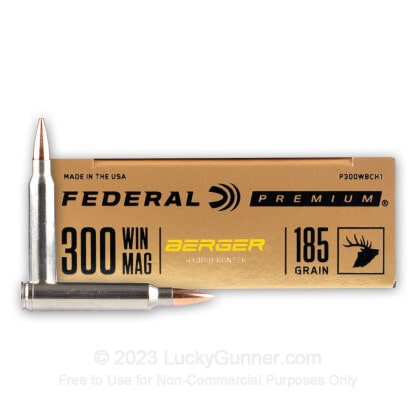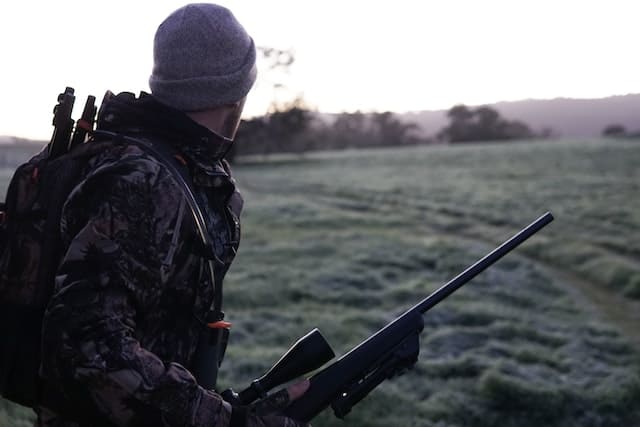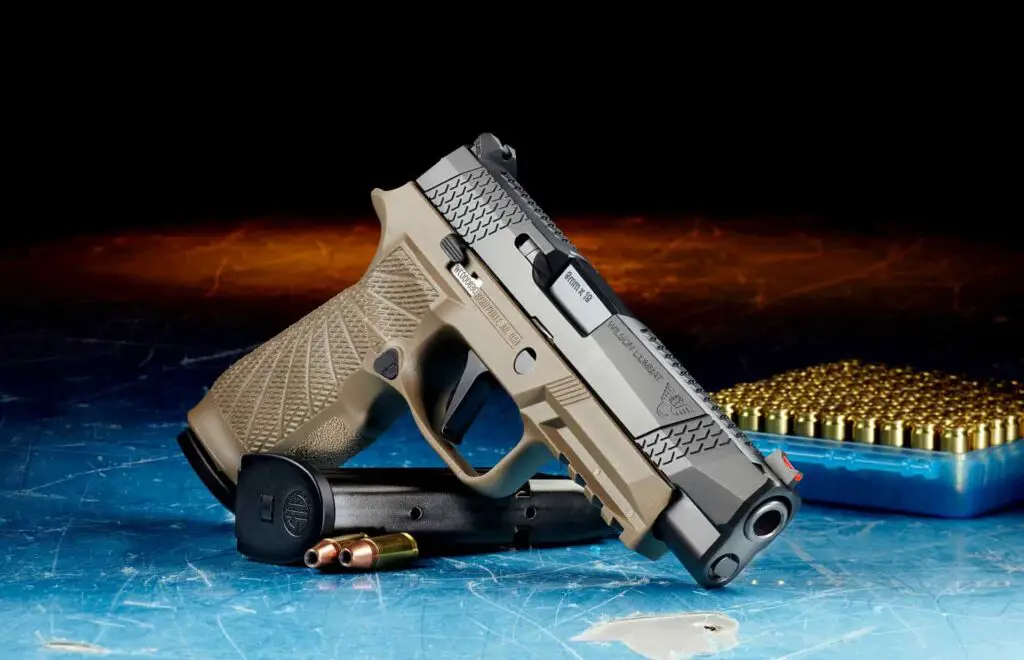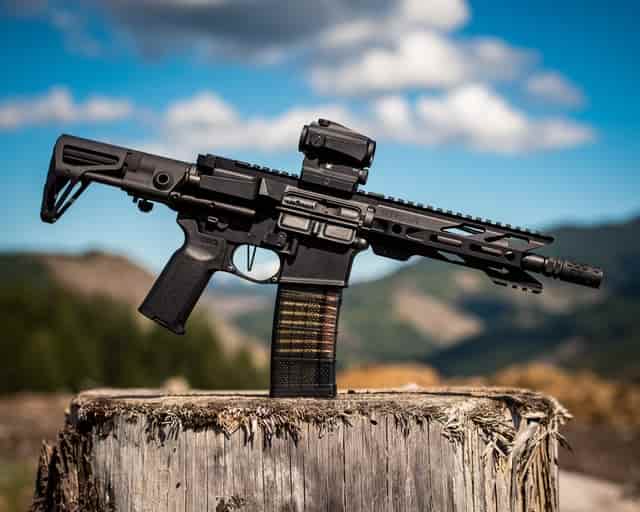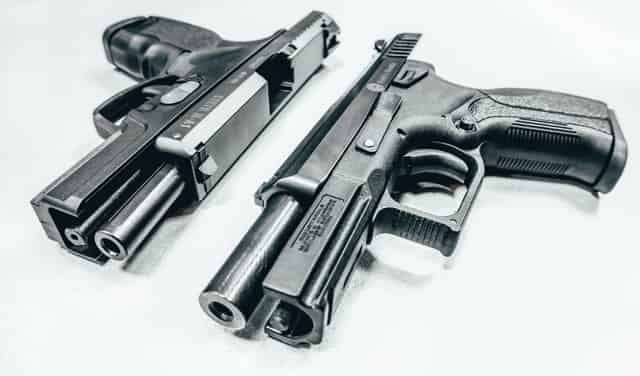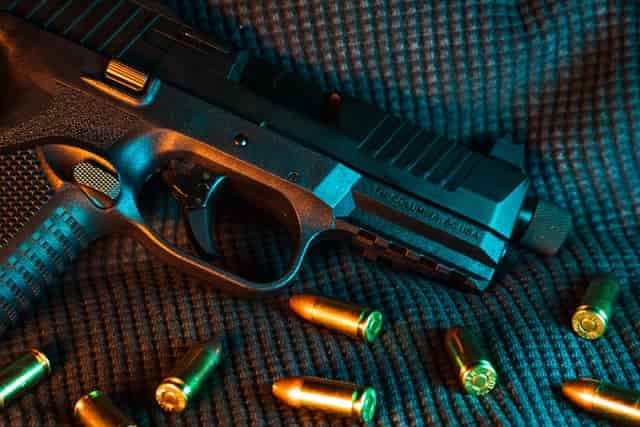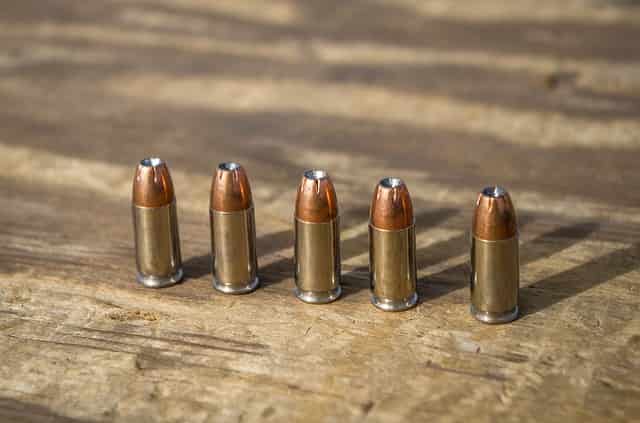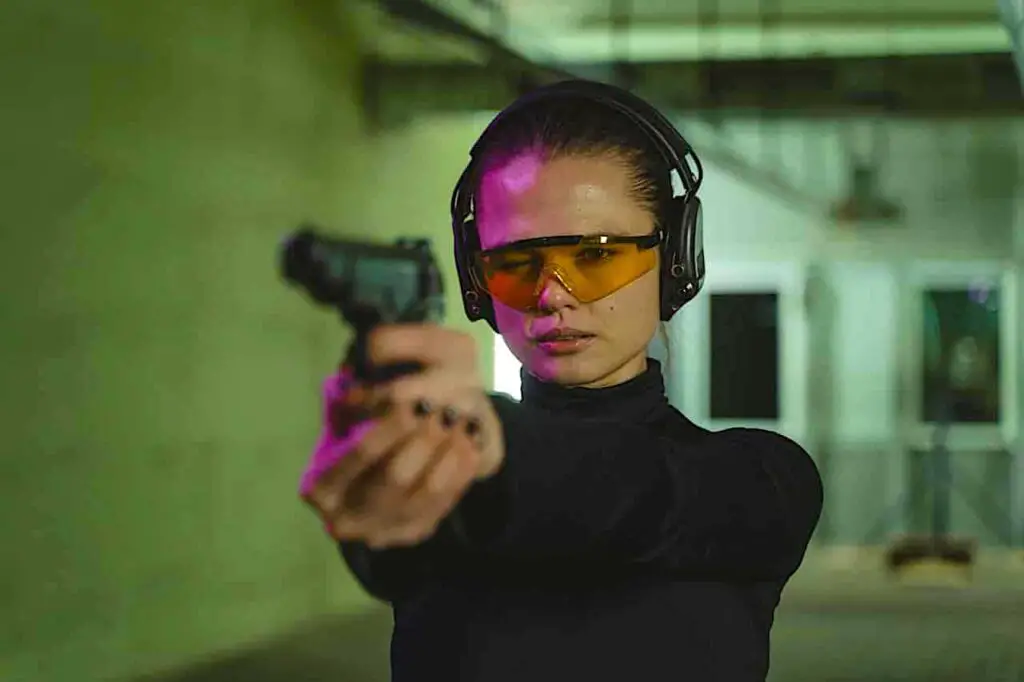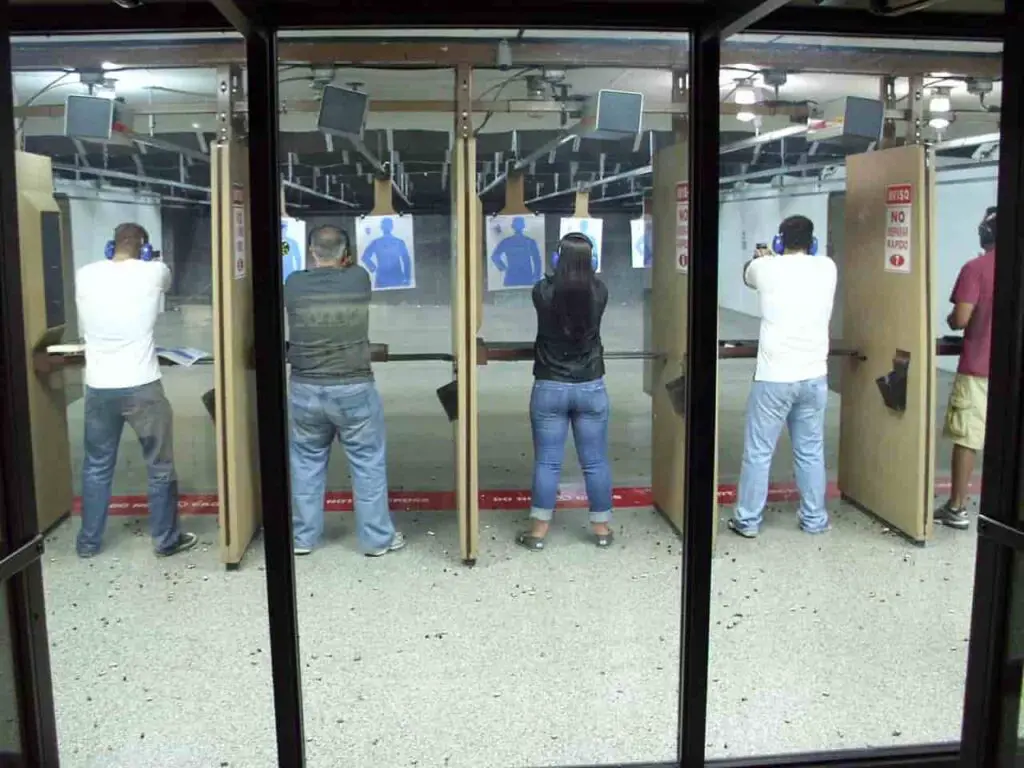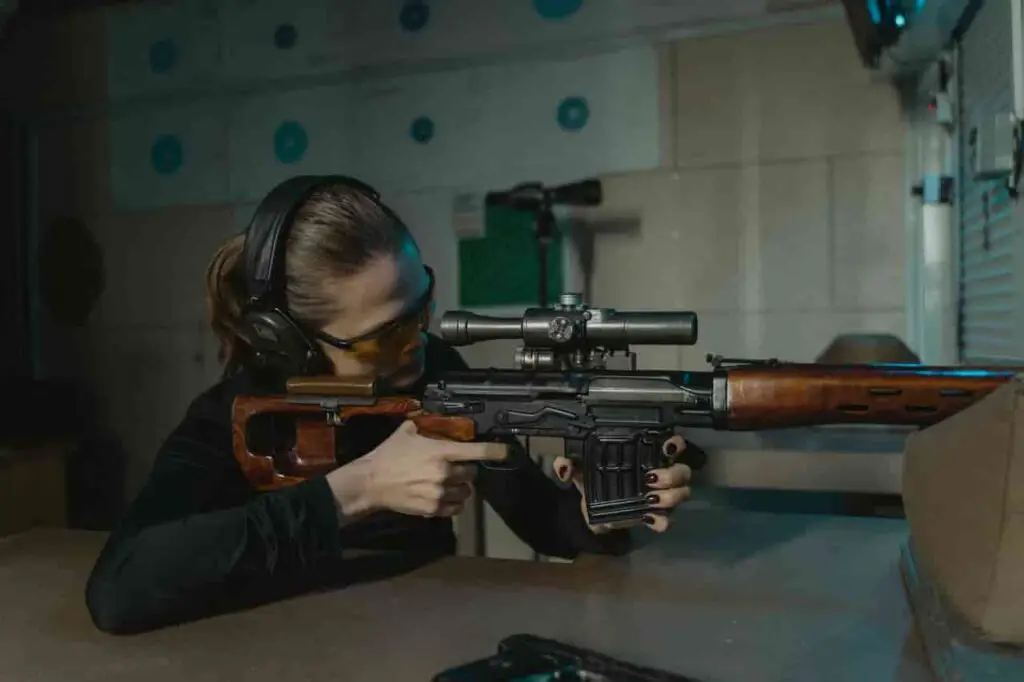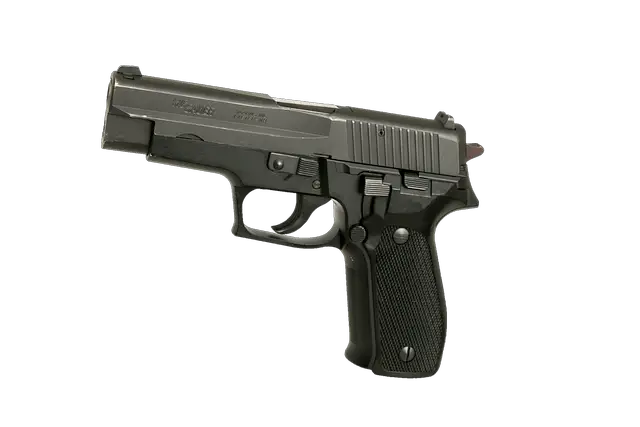
A two-stage trigger is a type of trigger mechanism commonly used in firearms. It has two distinct stages. The first stage requires a certain amount of pressure to be applied before the second stage can be activated. This mechanism is designed to provide a more precise and consistent trigger pull. This is especially important for accuracy in shooting.
The first stage of a two-stage trigger is often referred to as the “take-up” stage. During this stage, the shooter applies pressure to the trigger until they feel a slight resistance. This resistance is the trigger engaging with the sear, which holds the hammer or firing pin in place. Once the shooter has taken up this slack, they reach the second stage, which requires a bit more pressure to fire the gun. The second stage is often referred to as the “break” stage, as this is when the trigger finally releases the sear and allows the hammer or firing pin to strike the cartridge.
Two-stage triggers are commonly used in precision shooting, such as in target shooting or long-range hunting. They allow the shooter to have more control over the trigger pull, leading to a more consistent and accurate shot. While they may take some getting used to for those who are used to single-stage triggers, many shooters find that two-stage triggers are well worth the investment for their increased accuracy and precision.
What is a Two Stage Trigger?
It is designed to provide a more precise trigger pull by breaking the trigger pull into two stages. This type of trigger is often used in precision shooting applications, such as long-range shooting, where accuracy is critical.
How it Works
When the shooter pulls the trigger on a two-stage trigger, they will first feel a small amount of resistance as they take up the slack in the trigger mechanism. This is the first stage of the trigger pull. Once the slack is taken up, the shooter will feel a stop, indicating that they have reached the second stage of the trigger pull. At this point, the trigger pull weight will increase, and the shooter will need to apply more pressure to fire the weapon.
The second stage of the trigger pull is where the trigger breaks, releasing the sear and firing the weapon. This break is typically very crisp and clean, allowing for precise shots. The two-stage trigger is designed to provide a consistent trigger pull every time, which is essential for accuracy.
Advantages of Two Stage Triggers
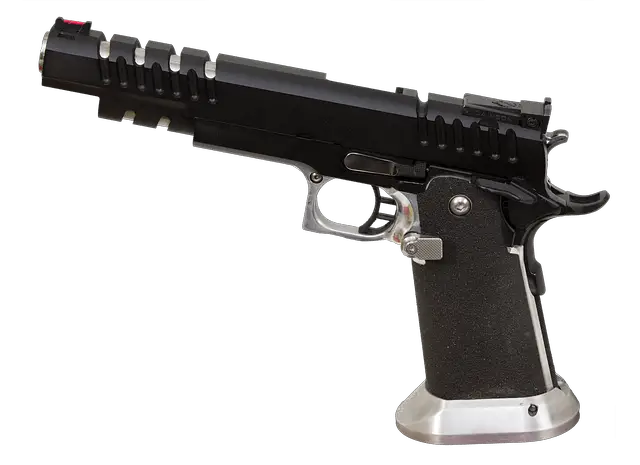
Improved Accuracy
A two stage trigger can improve accuracy by providing a consistent trigger pull. The first stage takes up the slack in the trigger, allowing the shooter to focus on the target without worrying about accidentally pulling the trigger. Once the slack is taken up, the shooter can apply pressure to the second stage, which is typically a lighter pull weight than the first stage. This allows for a more precise and controlled trigger pull, resulting in better accuracy.
Better Control
A two stage trigger can also provide better control over the firearm. By having a defined first and second stage, the shooter can anticipate when the trigger will break, which can reduce flinching and jerking. This can lead to smoother and more controlled shots, especially in high-pressure situations.
Faster Follow-Up Shots
With a two stage trigger, the shooter can quickly and easily reset the trigger after firing a shot. This can allow for faster follow-up shots, as the shooter does not have to fully release the trigger before pulling it again. This can be especially useful in competitions or self-defense scenarios where speed is crucial.
Disadvantages of Two Stage Triggers
Higher Cost
One of the biggest disadvantages of two stage triggers is their cost. Compared to single stage triggers, two stage triggers are generally more expensive. This is because they are more complex to manufacture and require higher quality materials. Additionally, the extra components in a two stage trigger can increase the cost of installation, as they may require professional gunsmithing to properly install.
Not for Everyone
While two stage triggers can be beneficial for certain shooting scenarios, they are not for everyone. Some shooters may prefer the simplicity and immediacy of a single stage trigger. Additionally, some types of shooting, such as close range or rapid fire, may not require the precision offered by a two stage trigger. Shooters who are new to firearms or who are not experienced with two stage triggers may also find them difficult to use, as they require a different shooting technique than single stage triggers.
Despite these disadvantages, two stage triggers can be a valuable addition to a shooter’s arsenal, offering increased accuracy and precision in certain shooting scenarios. However, it is important to carefully consider the pros and cons before investing in a two stage trigger, as they may not be the best choice for every shooter or every shooting scenario.
Choosing the Right Two Stage Trigger
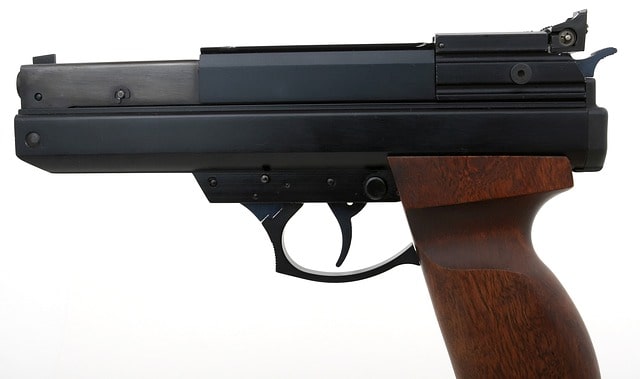
Type of Shooting
When choosing a two stage trigger, the type of shooting you plan to do is an important factor to consider. If you plan to do precision shooting or long-range shooting, a two stage trigger can help improve accuracy by providing a consistent trigger pull. However, if you plan to do rapid-fire shooting or competition shooting, a single stage trigger may be a better option as it allows for a quicker trigger pull.
Personal Preference
Personal preference is also an important factor when choosing a two stage trigger. Some shooters prefer a lighter trigger pull, while others prefer a heavier one. It is important to choose a trigger that feels comfortable and natural to you. Additionally, some triggers have a shorter reset time than others, which can be beneficial for rapid-fire shooting.
Compatibility
Compatibility is another important factor to consider when choosing a two stage trigger. Not all triggers are compatible with all firearms, so it is important to choose a trigger that is designed to work with your specific firearm. Additionally, some triggers may require modifications to your firearm in order to be installed, so it is important to ensure that you are comfortable with making any necessary modifications before purchasing a trigger.
Conclusion
After exploring what a two-stage trigger is, it is clear that this type of trigger can provide several benefits to shooters. The two-stage trigger allows for greater accuracy and precision, as well as a smoother trigger pull. By breaking up the trigger pull into two stages, shooters can better control their shots and minimize any potential jerking or flinching.
Additionally, two-stage triggers can be customized to fit the specific needs and preferences of individual shooters. With adjustability options for the first and second stage, shooters can fine-tune their trigger to their liking and improve their shooting experience.
While two-stage triggers may not be necessary for all types of shooting, they can be a valuable addition for those looking to improve their accuracy and precision. With the right training and practice, shooters can take advantage of the benefits of a two-stage trigger and enhance their shooting skills.
Have you ever thought about buying ammo online?
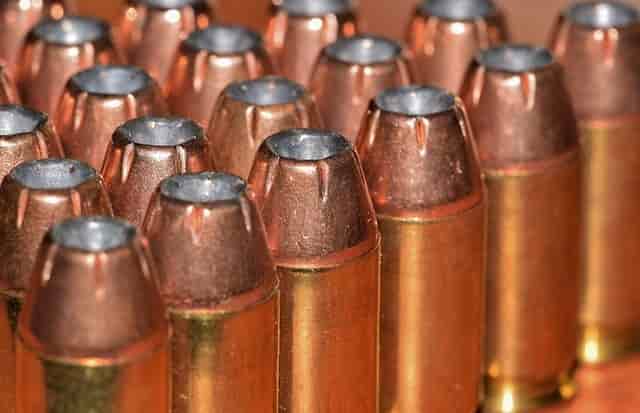
I’m telling you it’s so easy with Lucky Gunner! The ammo shown on their site is guaranteed to be in stock and will ship fast. I heartily endorse Lucky Gunner and so do their many customers.
“Okay, so far I’ve dealt twice with LuckyGunner, and all I can say is, I LOVE YOUR COMPANY!!!!
Imagine: only items in stock are advertised. Who’da thunk, eh? The more highly advertised ones – Cheaper Than Dirt, Cabela’s, et. al. – will put you on backorder forever and a day. But LuckyGunner – I ordered 500 shells of .45 ACP (hard to get in this “shortage”) – and there it was at my address. No backorders, no bull. Business as it should be.
Yes, I’m telling my friends! I’m constantly writing down your addy on bits of paper (and running out of the latter), spreading the joyous news, “No backorders! No bull! Try LuckyGunner.com, you won’t be sorry!” Thank you for being there for an ammo-starved public. And, thanks for the SUPERB customer service.”
— Walter J., Silverdale, WA —

